
File photo: Photo provided by the China National Space Administration (CNSA) shows Chang'e 5 probe gathering samples on the moon on Dec 2, 2020. (Photo/Xinhua)
Chinese scientists have discovered that the majority of water found on the moon may have originated from its interior rather than from solar wind bombarding its surface with hydrogen ions that eventually formed water, according to a study published in the journal Nature Communication on Tuesday.
The discovery may provide critical clues to one of the most hotly debated questions regarding our natural satellite: Where did water on the moon come from? Answering this question not only holds great significance in understanding the moon's history, but is also key for building a sustainable lunar base in the future.
According to analysis of the lunar samples brought back by China's Chang'e 5 spacecraft, the moon's surface was estimated to contain an average of about 30 parts per million of water content in the form of hydroxyl, a close chemical relative of water made of one oxygen and one hydrogen atom, and that is the "smoking gun" for the existence of water there.
This level of water content is at the lower end of the amount scientists anticipated, which translates to around 30 grams of water per metric ton of soil. But this is still a far cry from the long-held belief that the moon was bone dry.
The interesting part of this sample, which was collected from the moon's Oceanus Procellarum, an ancient basalt mare whose name translates to "Ocean of Storms", was that it had originated from the moon's interior at a time when it was full of volcanic activity.
The samples were gathered during the hottest part of the moon's day, when the surface would be at its driest. There was also only a small amount of solar wind at the time, meaning a smaller chance for its hydrogen ions to turn into water.
The study suggested that solar wind only made a tiny contribution to the hydroxyl content found in the Chang'e 5 sample. The bulk of the hydroxyl in the Chang'e 5 samples was contained in apatite, a crystalline mineral naturally found on the moon as lunar magma cooled billions of years ago.
Li Chunlai, a researcher from the National Astronomical Observatories of the Chinese Academy of Sciences, said in a statement that the water signals from the Chang'e 5 samples probably originated from the moon's interior, and that water played a key role in the formation and crystallization of lunar magma.
"By investigating lunar water and its source, we are learning more about the formation and evolution of not just the moon itself, but also the solar system," he said.













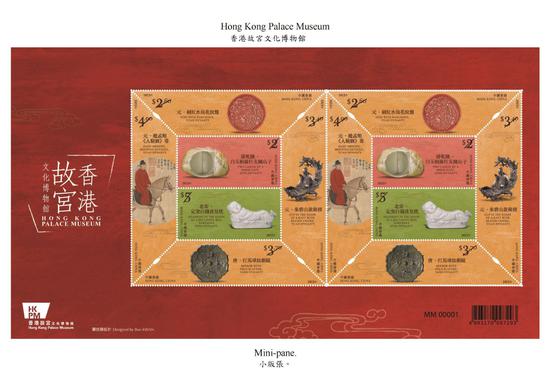


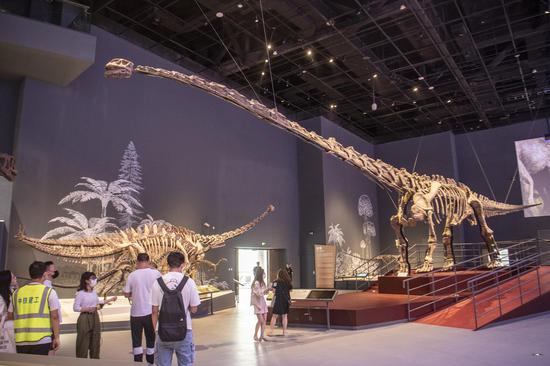


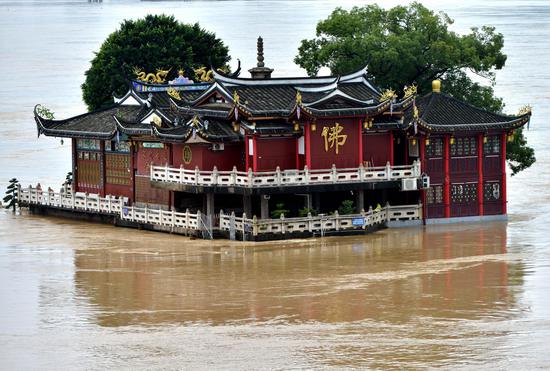







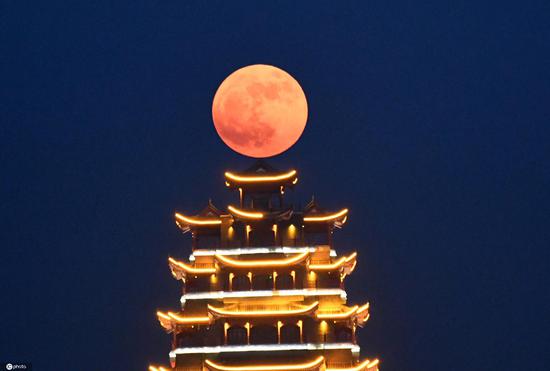


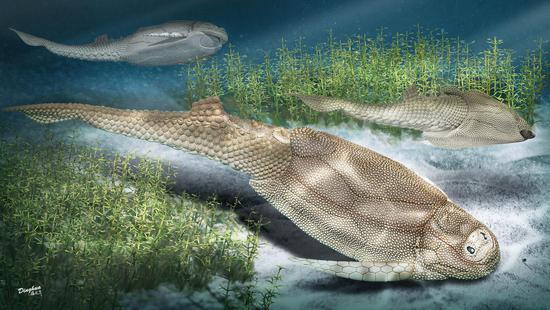
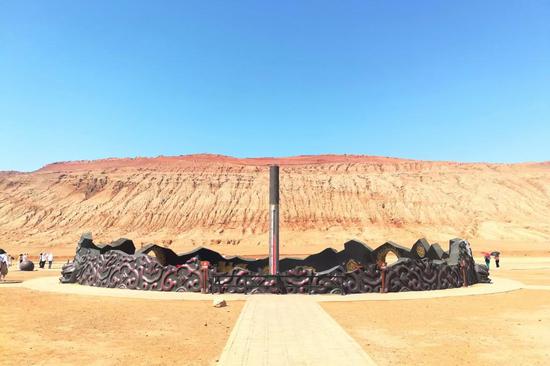




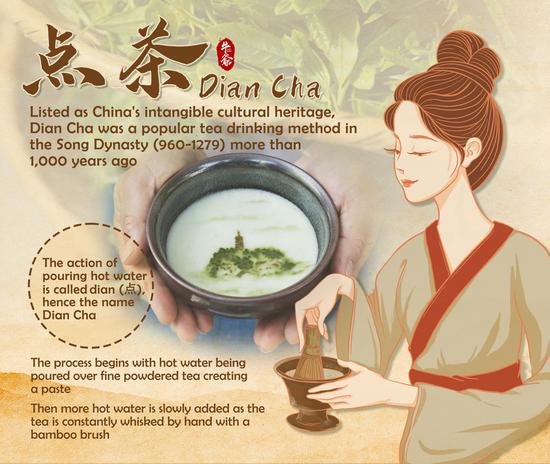
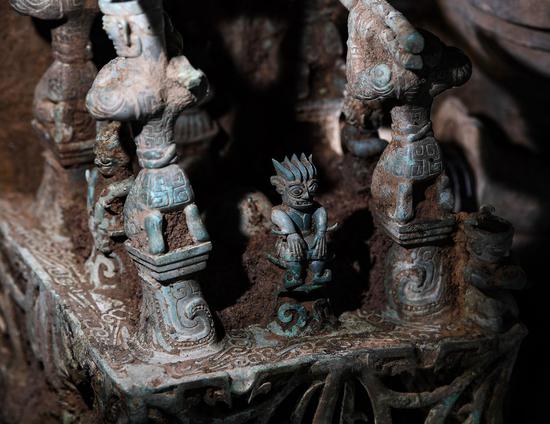












 京公网安备 11010202009201号
京公网安备 11010202009201号